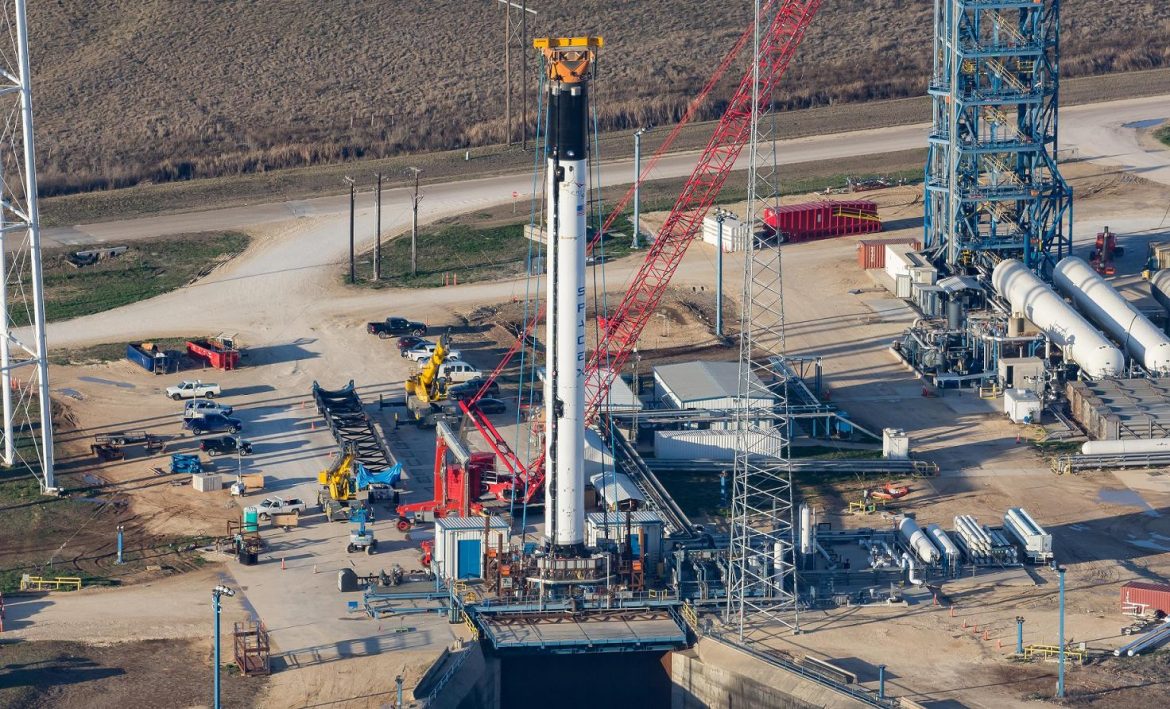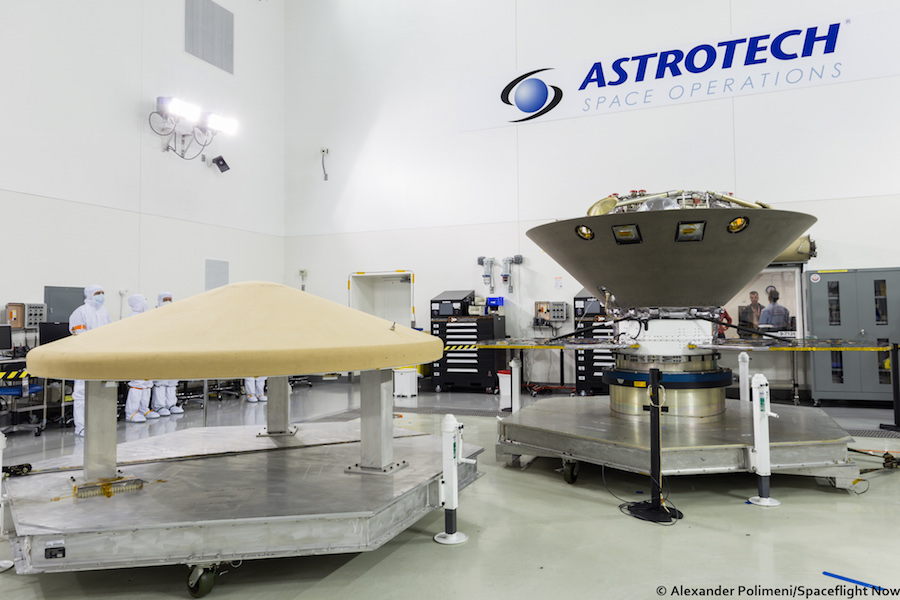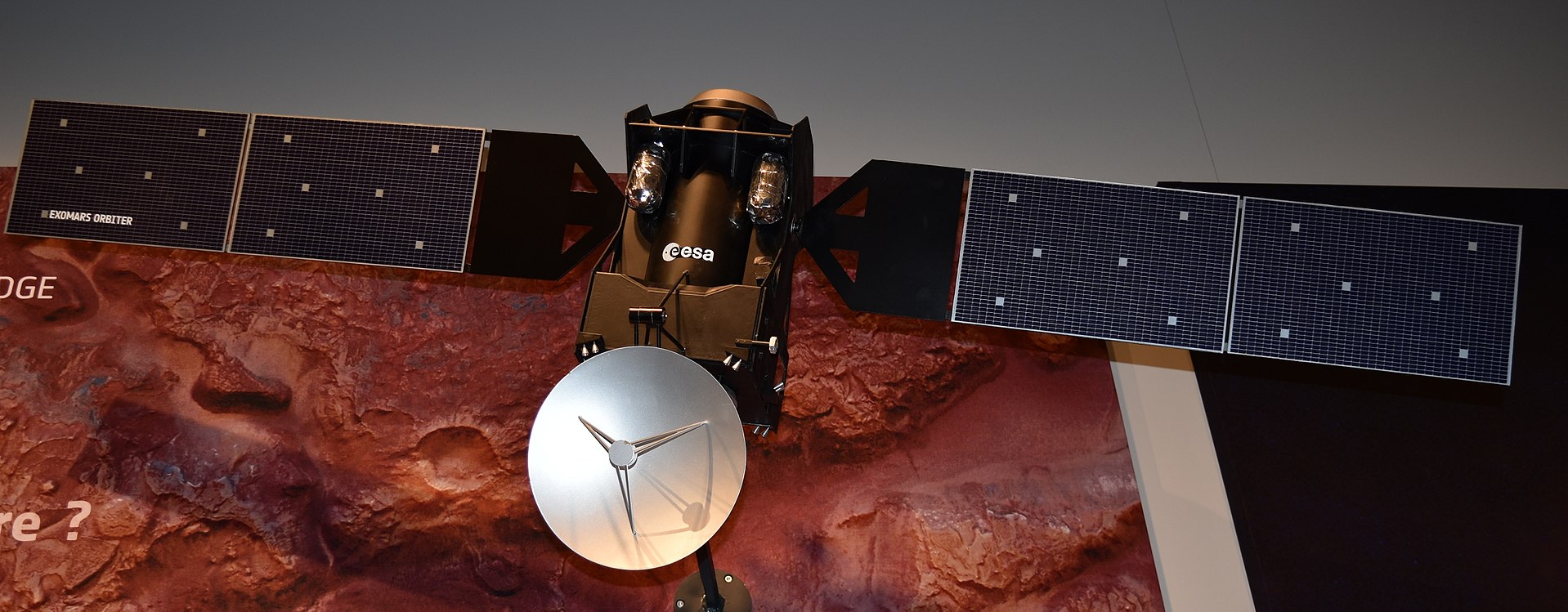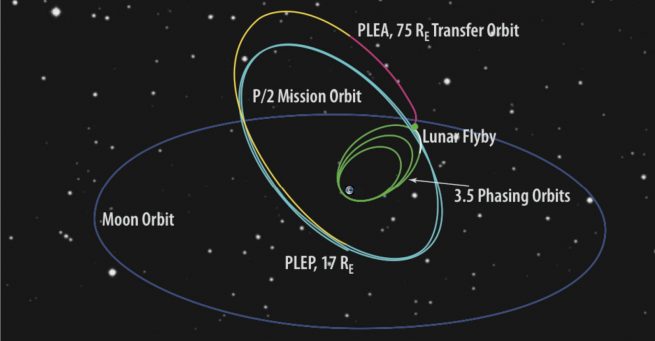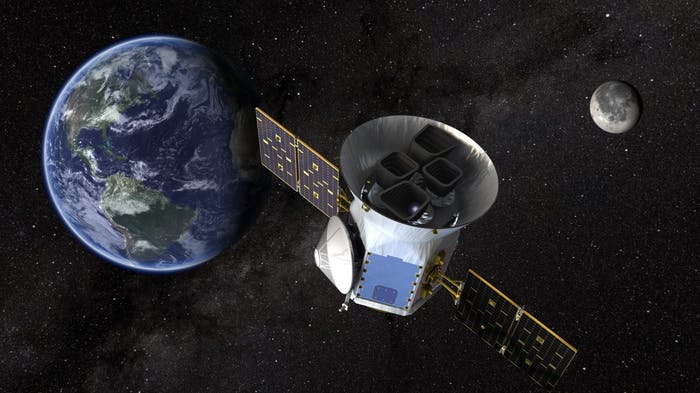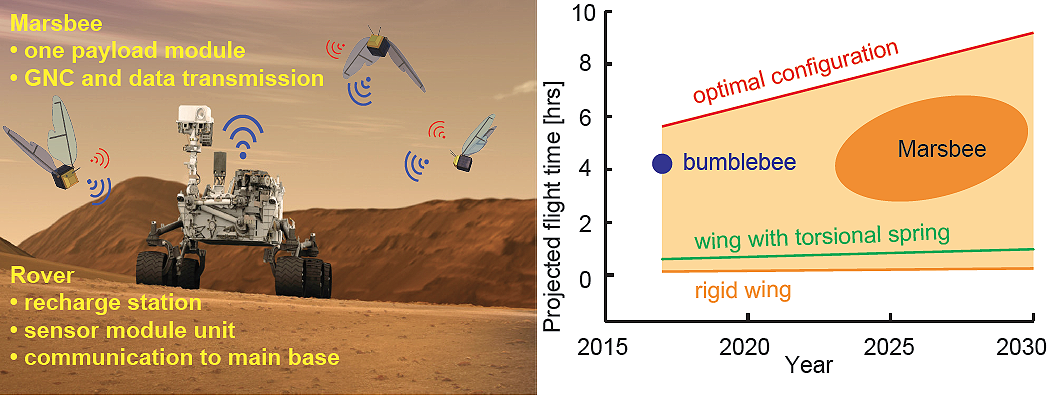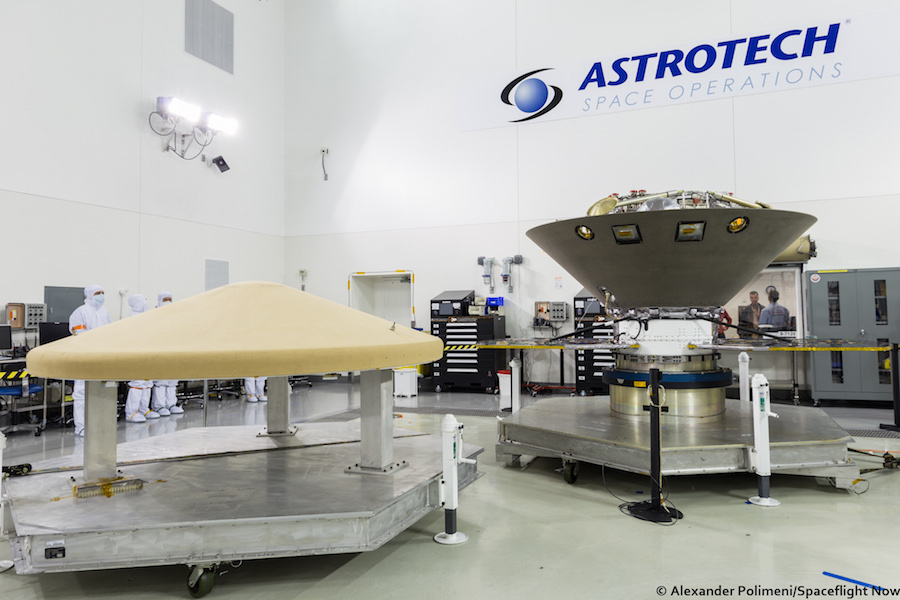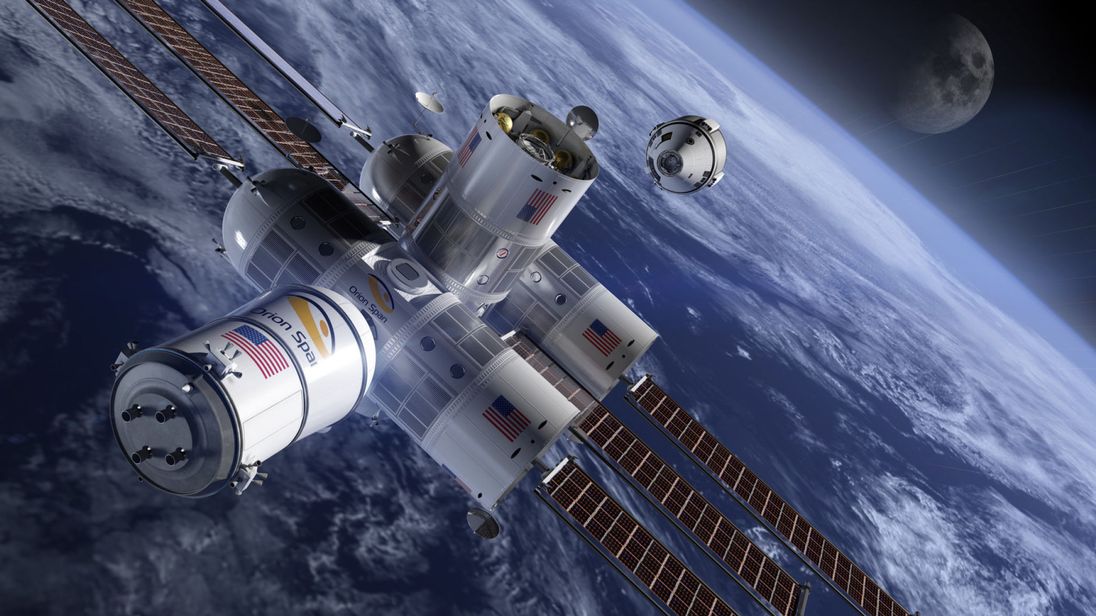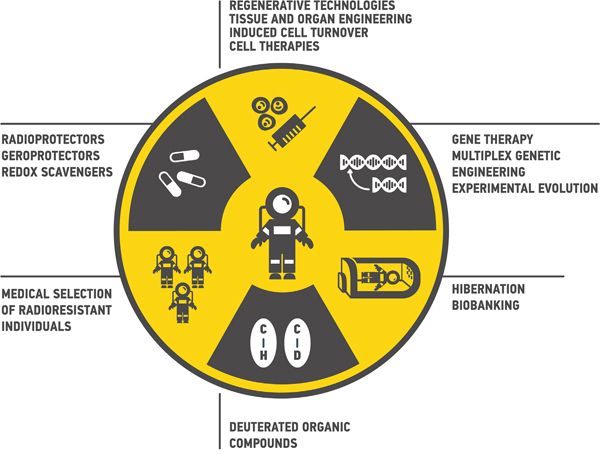
Image from Futurism.com
Being able to write that headline in a non-ironic, non-fantastical context because we are finally living in ‘the future’ makes for a really wonderful evening. While the paper may be a stretch in places, it’s worth it for the 289 references alone. These footnotes cull together a dizzying array of bio and health and spacetech papers all seemingly converging on the ability to ‘enhance’ humans and make us more immune to the deleterious effects of off-Earth radiation.
The basic premise here, in this actual scientific paper which is published at oncotarget.com, is that tweaks can be made to the human body via gene therapy and other methods which will improve both resistance and repair to the damage caused by high-Linear transfer (high-LET) radiation. I think an excerpt from the abstract will say it best:
Herein, we lay the foundations of a roadmap toward enhancing human radioresistance for the purposes of deep space colonization and exploration. We outline future research directions toward the goal of enhancing human radioresistance, including upregulation of endogenous repair and radioprotective mechanisms, possible leeways into gene therapy in order to enhance radioresistance via the translation of exogenous and engineered DNA repair and radioprotective mechanisms, the substitution of organic molecules with fortified isoforms, and methods of slowing metabolic activity while preserving cognitive function.
Be sure to check out this exciting new paper, and enjoy the fact that we are living in a time where this sort of topic is not only seriously discussed, but about to be an important part of getting mankind to the stars.
(Thank you to Futurism.com for a their fantastic header image on this topic)
